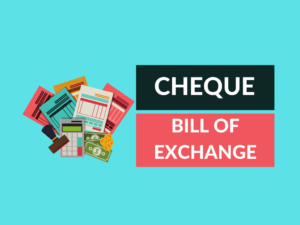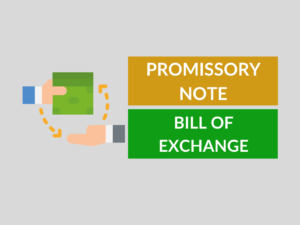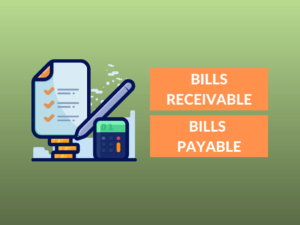The Difference Between Cheque and Bill of Exchange
Are you confused about the difference between a cheque and a bill of exchange? Don’t worry, we’ve got you covered. In this article, we will explain the meaning, examples, and uses of both cheque and bill of exchange. Additionally, we will provide a comprehensive table highlighting the key differences between the two. So let’s dive in!
What is a Cheque?
A cheque is a written document that instructs a bank to pay a specific amount of money from the drawer’s account to the payee’s account. It is commonly used to make payments or transfer funds between individuals or businesses. The cheque contains essential information such as the date, payee’s name, amount in figures and words, and the drawer’s signature.
Examples of Cheque
Here are a few examples that illustrate the use of cheques:
- John writes a cheque to his landlord to pay monthly rent.
- Sarah gives a cheque to the supermarket in exchange for groceries.
- ABC Company issues a cheque to their supplier to settle an invoice.
Uses of Cheque
Cheques offer several advantages and are widely used for:
- Payment of bills and expenses
- Salary disbursement
- Transfer of funds between accounts
- Settlement of debts and loans
What is a Bill of Exchange?
A bill of exchange is a written agreement that one party (the drawer) orders another party (the drawee) to pay a specific amount of money to a third party (the payee) at a specified time in the future. It acts as a legal document, similar to a promissory note, and is primarily used in international trade transactions.
Examples of Bill of Exchange
Here are a few examples to help you understand the usage of bills of exchange:
- An exporter issues a bill of exchange to an importer for the payment of goods.
- A company issues a bill of exchange to a customer to collect outstanding dues.
- An individual issues a bill of exchange to borrow money from a financial institution.
Uses of Bill of Exchange
Bills of exchange serve various purposes, including:
- Facilitating international trade transactions
- Providing a credit mechanism
- Arranging short-term financing
- Assuring timely payment for goods or services
Differences Between Cheque and Bill of Exchange
| Difference Area | Cheque | Bill of Exchange |
|---|---|---|
| Usage | Primarily used for domestic transactions. | Commonly used in international trade. |
| Payment Authorization | It authorizes the bank to pay a specified amount to the payee. | It orders the drawee to pay a specified amount to the payee. |
| Transferability | Can be transferred by endorsement or delivery. | Can be transferred by endorsement. |
| Purpose | Used for making payments or transferring funds. | Primarily used to effectuate financial transactions. |
| Time of Payment | Usually payable on demand. | Payable on a specified future date. |
| Acceptance | Does not require acceptance from the drawee. | Requires acceptance from the drawee. |
| Legal Status | Considered as a negotiable instrument. | Also considered as a negotiable instrument. |
| Drawer Liability | The drawer is liable for the payment of the cheque. | The drawer is not liable if the drawee defaults on payment. |
| Stamp Duty | No stamp duty is required in most jurisdictions. | May be subjected to stamp duty depending on the jurisdiction. |
| Appointment of Drawee | The drawee is usually a bank. | The drawee can be any person or entity. |
Conclusion
In summary, a cheque is primarily used for domestic transactions, authorizes the bank to make payments, and is usually payable on demand. On the other hand, a bill of exchange is commonly used in international trade, orders the drawee to make payments, and is payable on a specified future date. While both instruments have similarities, their specific uses and characteristics distinguish them from each other.
People Also Ask
- What is the key difference between a cheque and a bill of exchange?
- Can a bill of exchange be transferred?
- Is a cheque payable on a specific future date?
- Who can be the drawee for a bill of exchange?
- Is stamp duty required for a cheque?
A cheque is primarily used for domestic transactions, while a bill of exchange is commonly used in international trade.
Yes, a bill of exchange can be transferred by endorsement.
No, a cheque is usually payable on demand.
The drawee can be any person or entity specified by the drawer.
No, stamp duty is usually not required for cheques in most jurisdictions.




